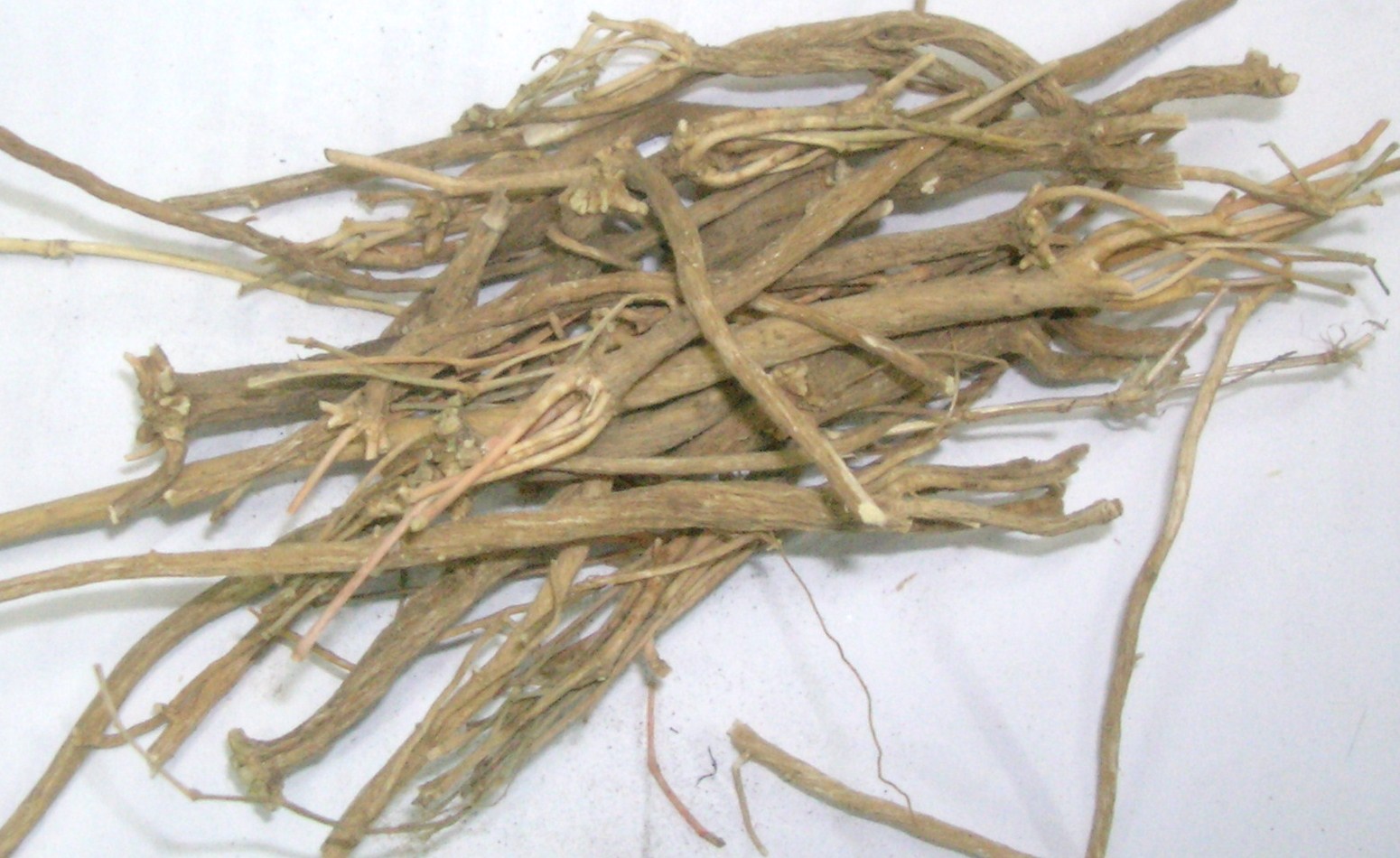BUZIDAN

BUZIDAN
English : Sweet pellitory
Urdu : Buzidian/Satavari
Telugu : Chamunti
Description : In Kitab-ul-Advia written by Allama Hakeem Mohammed Kabiruddin Saheb, it is clearly mentioned that buzidian is other than stavari. i.e Asparagus racemosus. However, in Qarabadeen jadid of Govt . Of Abdhra Pradesh (india) it is recognized as Asparagus racemosus,wld.
In Dr. Nadkarni’s Materia Medica, it is mentioned as Chrysanthemum indicum which is very famous plant for its multi-coloured flowers known as Gul-e-Dawoodi or chamunti.
However Buzidian is usually described as the root of a wild plant. It is 7.5 cm long, hard and wrinkled. It is brownish in colour but whitish brown root is considered as the best variety. Buzidian or sweet pellitory root is free from acridity of the true pellitory root i.e. Anacylus pyrethum but resembles it (i.e Akarkara).
Action and Uses: It is deobstruent,alterative,resolvent,tonic and aphrodisiac. It is used as single drug or in combination with Surinjan and Khulanjan in rheumatic diseases,gout and neurasthenia. It is also anthelmintic and used in intestinal parasitic infestation. It is also benefecially used in sexual debility, spermatorrohoea and leucorrhoea.
Ibn Sina’s View: Bozidan is attenuant and aphrodisiac. It is useful in rheumatism and gout.